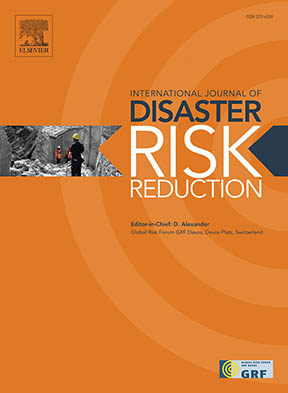Article, Refereed Journal
International Journal of Disaster Risk Reduction

Natural hazard exposure in urban communities continues to increase, driven by changes in land use, climate, and demographics. Socially vulnerable populations disproportionately inhabit hazard-prone areas, are more sensitive to significant impacts, and have less capacity to cope with socio-natural disasters. One approach to address the challenges of increasing urban hazard risk is to connect hazard scientists and disaster risk reduction practitioners through multi-hazard risk assessments. Based on research and practice in Austin, Texas, USA, this paper presents a methodology for a multi-hazard risk assessment that combines exposure to multiple natural hazards (flood, wildfire, and extreme heat) and social vulnerability. Our approach generated normalized quantitative indicators and geospatial maps that identify neighborhoods where relatively high hazard exposure and sensitivity converge to create risk reduction priority areas. The multi-hazard risk assessment connected researchers across traditional silos and the maps catalyzed academics-city staff-community group communication and collaboration. In addition to presenting the methodology and results of the multi-hazard risk assessment, we reflect on how the process and the maps operated as boundary objects giving rise the co-production beteween hazard scientists and disaster risk reduction practitioners. We suggest the intersection of co-production and multi-risk assessments We report on the multi-hazard assessment methodology and the implications for urban community resilience co-production.

